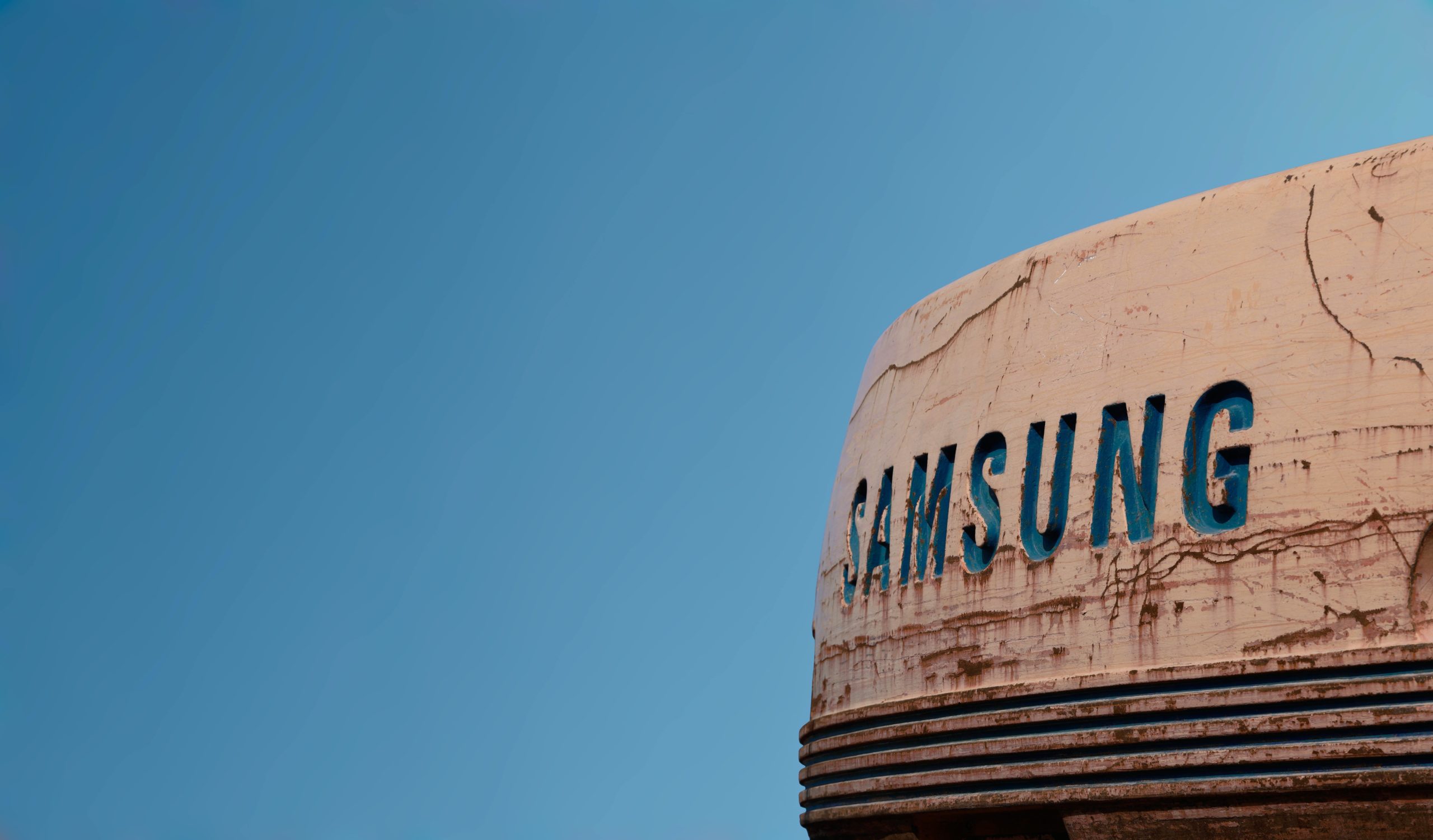It's important that you understand the lifespan of any TV before buying. whether that's Samsung or another brand.
Lifespan not only influences the overall value of the TV itself, but also the potential timing that you need to be aware of for a future upgrade.
Like any other leading brand, the expected longevity of a Samsung TV can vary depending on several factors.
Om average, the lifespan of a Samsung TV generally falls between 5 and 7 years, depending on the model, usage, and care. While this is a significant amount of time, some users may experience longer lifespans, especially if they adhere to proper maintenance and care.
In addition to the model and specifications, external factors such as temperature, humidity, and dust can also impact the longevity of the television.
Let's take a look at what you need to know about getting the most bang for your buck and keeping your TV on track for a long life!
4 Primary Factors Impacting Lifespan
1. Usage Pattern
The lifespan of a Samsung TV can be significantly impacted by its usage pattern. Heavy daily usage can contribute to more wear and tear on the internal components, eventually affecting the TV's performance and longevity. Conversely, limited or moderate usage can prolong the life of a Samsung TV.
2. Maintenance and Care
Maintaining and caring for a Samsung TV properly can significantly contribute to its lifespan. Regular cleaning and dusting help prevent the build-up of debris that can negatively affect the TV's performance. Furthermore, keeping the TV in a well-ventilated area ensures that its internal components aren't subjected to excessive heat, which can damage them over time. Utilising a surge protector can also protect the TV from damage caused by power surges, which can potentially reduce its lifespan.
3. Power Management
Managing the power settings on a can have a positive effect on its lifespan. Turning off the TV when it's not in use helps save energy and prevent undue stress on its components. You can also enable power-saving settings and features on your TV to optimise its power consumption and further extend its longevity.
4. Backlight and Brightness Settings
The backlight and brightness settings play a crucial role in determining its lifespan. Although extending the backlight's life affects the brightness levels, it can also help minimise wear on the TV's internal backlights. Adjusting your TV settings to more moderate brightness levels can help you maintain a balance between picture quality and the longevity of device.
Early Signs of Wear – What to look out for
Over time, some early signs of wear may emerge with any smart TV. Proper care will inevitably prolong its life, but you may start to see signs of wear regardless.
One of the early warning indicators is a delay in the television's response time. This is particularly noticeable while changing channels or adjusting the volume. A sluggish response may be a sign that the internal components are starting to show signs of wear, possibly affecting the TV's overall performance.
Another common sign of wear is flickering. If the screen displays flickering images, it could be an indication of a decline in the backlight's performance or the associated electronic circuitry. Flickering can be distracting and may affect the overall viewing experience.
Experiencing horizontal lines across the screen is a more alarming sign of wear. These lines usually indicate a malfunction in the panel's pixels or the electronic circuitry responsible for driving the display. Horizontal lines not only disrupt the picture quality but can also worsen over time if not addressed.
Common Samsung TV Issues & their Solutions
Burn-In
Burn-in is a result of image retention on the screen, which can cause damage to a smart TV over time. This issue is often caused by displaying static images or logos for extended periods. To prevent burn-in, limit the display of static images and enable features such as pixel shift, which can reduce the risk of damage. If burn-in occurs, try running a pixel refresher or displaying colourful content to alleviate the issue.
TV Fails to Turn On
If the TV fails to turn on, there could be a few underlying causes. Ensuring the power cable is properly connected and the remote control has functioning batteries can often resolve the issue. However, if these simple solutions do not work, the internal components may be at fault. In such cases, it's advisable to contact Samsung support or a qualified technician for assistance.
Outdated Firmware
Outdated firmware can cause issues with the performance and functionality of a TV. It's essential to keep the firmware up to date with regular updates. To check for firmware updates, navigate to the settings menu and select ‘Software Update.' Alternatively, firmware updates can be downloaded from the Samsung website and installed via USB.
If a firmware update is available:
- Verify that the TV is connected to the internet.
- Access the settings menu and select ‘Software Update.'
- Choose ‘Update Now' to initiate the process.
Sound Issues
Sound issues, such as poor audio quality or background noise, can detract from the viewing experience. To resolve these issues, check the audio settings and ensure they are correctly configured. If the problem persists, consider resetting the sound settings to default or updating the TV's firmware.
For sound issues related to external devices, ensure the device is properly connected and the appropriate audio format is selected. If the issue still persists, testing the device with another TV or audio system can help identify whether the problem lies with the TV or the external device.
You can also check out our extensive Samsung TV problems guide if you want to know about specific issues you may encounter across years of ownership.
When Should You Replace a Samsung TV?
One major indication that it might be time to replace a your TV is when the picture or audio quality starts to degrade. This could manifest as fading colours, blurry images, distorted sound, or frequent technical hiccups. These issues could indicate that the TV's internal components, such as the display panel or speakers, are beginning to wear out and may no longer be functioning optimally.
Another reason to consider replacing a smart TV is the lack of compatibility with newer devices and software updates. As technology advances, many older TV models may not have the necessary hardware or software to support modern features, such as 4K resolution or compatibility with streaming services. This can limit the TV's functionality and make it less enjoyable to use.
Moreover, energy efficiency is a crucial factor that might influence the decision to replace a TV. Older models tend to consume more electricity, leading to higher energy bills and a more significant impact on the environment. Replacing an older TV with a new, energy-efficient model can bring both financial savings and environmental benefits.
Samsung TV's Warranty and Extended Plans
Samsung offers a warranty plan for their televisions to ensure that customers receive support and protection for their purchase. The standard warranty period typically spans 12 months from the date of purchase. However, this duration may vary depending on the specific TV model and location.
During the warranty period, Samsung commits to repairing or replacing any part of the television that malfunctions due to manufacturing defects. It is important to note that damages caused by user negligence, improper handling or installation, and issues arising from unauthorised modifications are not covered under the warranty policy.
To enhance customer satisfaction, Samsung also provides extended warranty plans. These plans can be purchased at the time of buying the television or before the standard warranty expires. The extended warranty offers additional coverage for a specific period, which can be either 2, 3, or 4 years, depending on the chosen plan and TV model.
The extended warranty plan covers the cost of parts and labour required for any repairs arising from manufacturing defects. This gives customers peace of mind and protection for their investment beyond the standard warranty period.
Frequently Asked Questions
What is the average lifespan of smart TVs in general?
The average lifespan of smart TVs, in general, is about 6 to 8 years. As always this depends on various factors, including the brand, model, usage, and maintenance. In some cases, the lifespan of a smart TV might be lower, mainly if they are subjected to prolonged usage and poor environmental conditions.
How does Samsung's TV lifespan compare to LG and Sony?
Samsung, LG, and Sony are all reputable brands that offer durable and reliable TVs. The lifespan of their TVs tends to be similar, usually falling within the 6 to 8-year range. However, individual experiences may vary depending on factors such as TV usage, maintenance, and specific models. It is essential to research and compare different models within these brands to make an informed decision.
If you liked this Samsung guide then you might also enjoy our related troubleshooting articles too:


